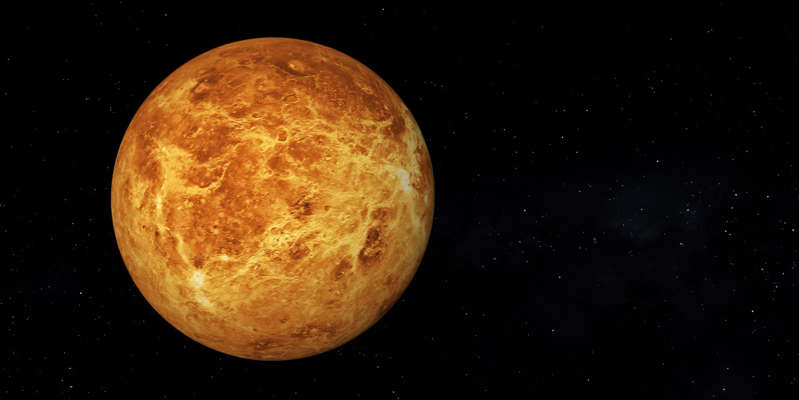
Young volcanic region spotted on Venus
Planetologists have discovered traces of relatively recent volcanic activity on Venus. They explored the Imd region, where the large volcano Idunn is located, Solar System Research reports.
In the pictures, scientists saw tectonic cracks and lava flows. They could have appeared only a few thousand years ago.
The Imd region is located in the southern part of the planet, near the equator. Direct observations of Venus are impossible because its atmosphere is filled with dense clouds. But scientists can explore the surface using radar and spectroscopy.
The Imd region is home to the Idunn volcano (200 km) and the Sandel crater. Research has identified anomalies at the summit and eastern slope of the volcano. Scientists concluded that they arose from iron-rich deposits. These layers should have been relatively young, since erosion had not yet had time to destroy them.
Planetary scientists concluded that the deposits are most likely lava flows from 2.5 million to 250 thousand years old. A fissure was seen in the Sandel Crater, indicating recent tectonic activity in the region.
Refined data showed that volcanic deposits may be even younger than scientists initially believed – no more than 10 thousand years. This discovery changes the understanding of the volcanic activity of Venus. It was believed that its volcanoes went out several billion years ago, but in recent years more and more information has appeared that refutes this theory.
Astronomers have previously explored the Giant Cloud on Venus. This formation covers a third of the planet's equator.

